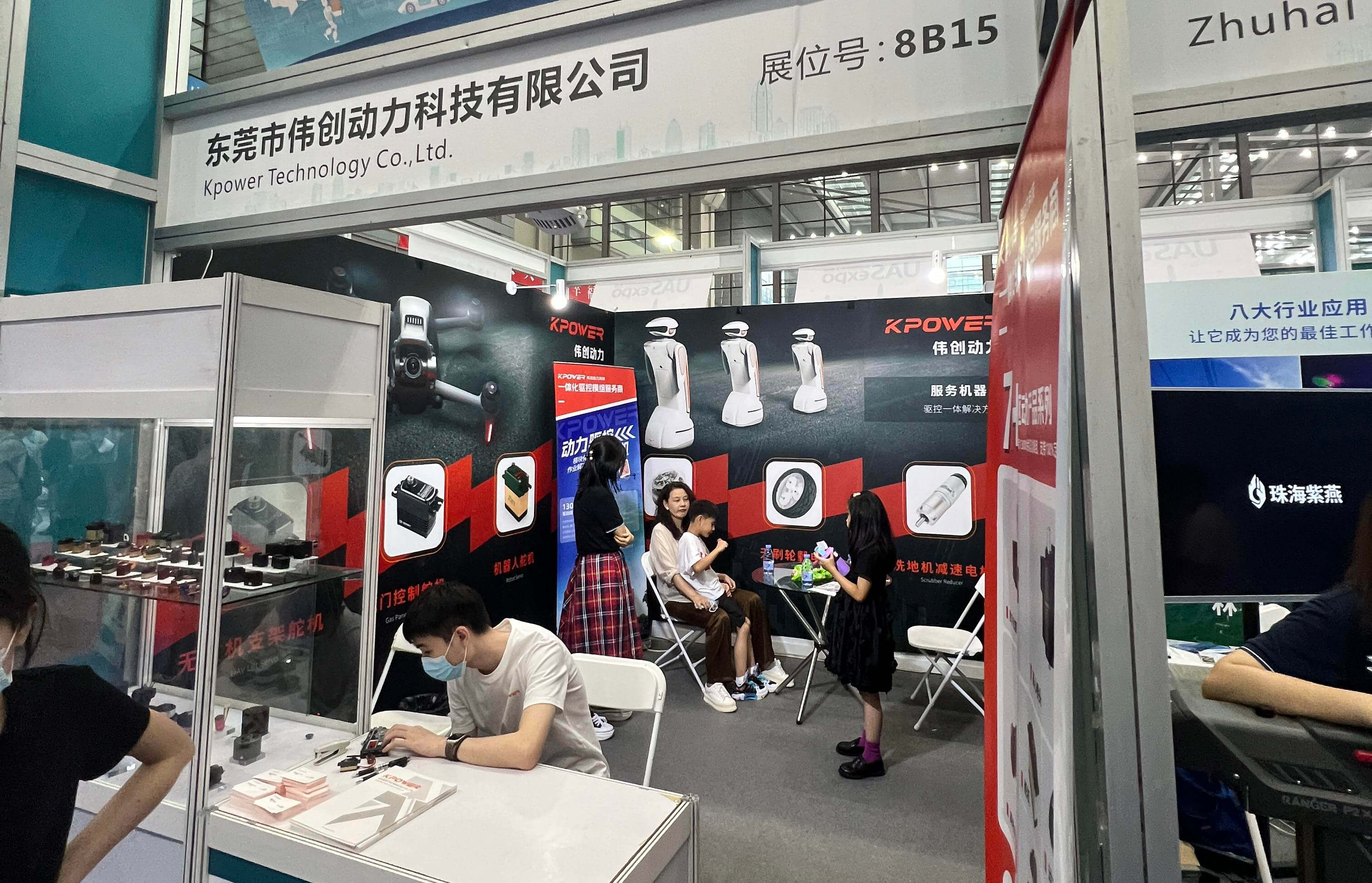When you’re diving into the world of power tools, especially ones driven by motors, you’ll hear a lot about brushed and brushless motors. It’s like choosing between a classic car and a sleek electric bike. Both can get you where you need to go, but their performances and experiences are pretty different.

Let’s start with the basics. Brushed motors have been around forever. You see them in tools like drills and smaller appliances. Think of them as the old reliable friends – simple, straightforward, and pretty much set-it-and-forget-it. The key is their brushes—small components that transfer energy to the spinning part, or rotor. Over time, these brushes wear down, which means they need maintenance or replacement. That's a bit of a hassle sometimes, but they’re tough and low-cost.
Now, brushless motors are the new kid on the block. They ditch those brushes in favor of electronic controls. Imagine all the smoothness and efficiency you get from a high-end electric vehicle—without the fuss of brush replacement. These motors are designed for longer run times and better power efficiency. They tend to generate less heat, making them more durable, especially during heavy-duty usage. Plus, they’re more compact, saving space inside the tool which often translates to a lighter weight. That means less fatigue when you’re working on a project for hours.
Here’s where it gets interesting. Why do some folks swear by brushless motors? Because they offer a few tangible perks. First: longer lifespan. Because they have fewer moving parts that wear out, they don’t need as much attention. Second: better control. Brushless motors can adjust their power output more precisely, which makes tasks like drilling into tough materials or delicate screwing more manageable. Third: efficiency. Less wasted energy means longer battery life. Imagine finishing a whole deck project on a single charge—that’s the kind of difference a brushless motor can make.
But it’s not just about tech specs. Sometimes, the choice boils down to what you need. If you’re an occasional user or working on simple projects, brushed motors might be enough. They’re cheaper and still reliable. On the flip side, if you’re tackling professional-level work, or you want a tool that feels like it’s “alive” in your hands, brushless motors are likely your best bet.
Quick question—have you ever felt that with certain tools, the longer you use them, the more you wish they had better power? That’s where brushless motors shine. They’re like upgrading from a bicycle to an electric scooter—you wouldn’t want to go back.
Thinking about longevity, cost, and performance, choosing between brushed and brushless motors isn’t just a matter of fancy tech. It’s about what fits the job, your budget, and how you like to work. Both have their place, but in today’s demanding environment, brushless motors often give you the edge. They’re smarter, tougher, and a lot more fun to use.
Leveraging innovations in modular drive technology, Kpower integrates high-performance motors, precision reducers, and multi-protocol control systems to provide efficient and customized smart drive system solutions.




































